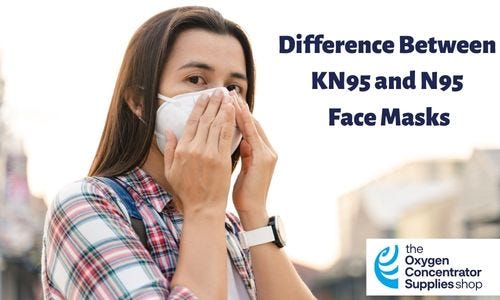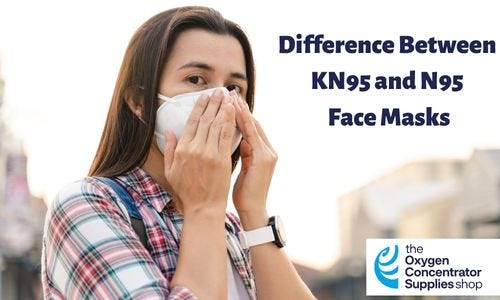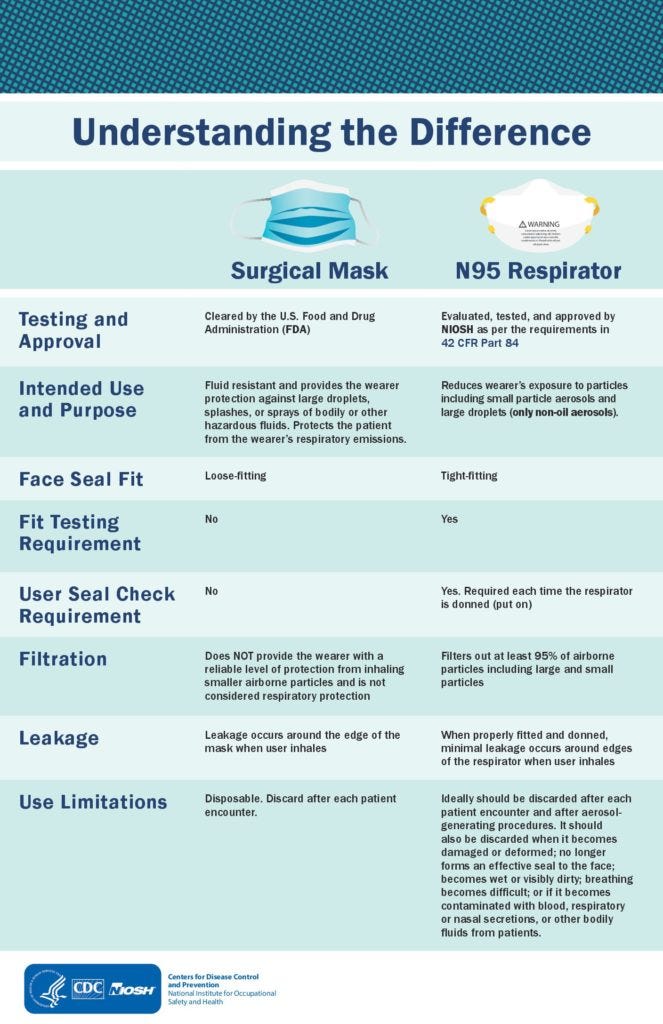

This post was originally published on July 16, 2020, but updated on October 16, 2023.
Per the CDC, COVID-19 spreads mainly from person to person through respiratory drops that can be passed along when a person sneezes, coughs, or talks.1 As we continue to wait for a vaccine, medical experts recommend, and in many instances require, that people wear face coverings while in public settings. However, when it comes to personal protective equipment (PPE), there are many different options. The top-of-the-line and high in-demand masks are the N95 or KN95 masks. What is the difference? While the protective qualities of both masks are similar, there are slight differences that define these highly sought-after masks.
Why is it Important to Wear a Face Mask?
COVID-19 is a highly contagious respiratory disease that can be present in both symptomatic and asymptomatic patients. Anybody who has COVID-19 can easily pass along the disease.2 The CDC reports that the disease spreads via tiny respiratory droplets that are expelled when we breathe, cough, speak or sneeze. By wearing a face mask, we not only reduce the risk of someone else’s droplets entering our nose and mouth, but we also greatly reduce the risk of potentially infecting others.
Gold Standard of Masks
When properly fitted, the N95 or KN95 masks filter out 95% of airborne particles. They are the preferred mask for all front-line workers fighting the spread of the coronavirus. However, these masks were ideally designed to be discarded after each use. With the shortage for PPE, they have been reused but only after disinfected and only until wear and tear is visible (i.e., an ineffective seal, becomes dirty, or contaminated).

Similarities Between KN95 and N95
Despite the difference in name, both face masks share the same functionality and have passed through rigid testing. The N95 mask is certified by the National Institute for Occupational Safety and Health. The KN95 meets similar requirements set forth by Chinese agencies.
Filter Performance
Both N95 and KN95 face masks are used to effectively capture a high percentage of particles. Both masks are able to filter out 95% of particles as small as .03 microns (1 micron = 1/1,000,000 meter) in size.4
Both mask types should be disposed of when they no longer form an effective seal to the face.
Differences Between KN95 And N95
Most of the differences between these two masks involve fit, though there are some other key differences.
Fit
KN95 face masks offer a looser fit than their N95 counterparts. However, the Chinese government requires these masks to pass a fit test, with less than 8% leakage. N95 respirators, on the other hand, are not required to pass a fit test by the NIOSH, though some companies may require them.5
Breathability
N95 respirators have strict requirements when it comes to breathability. The pressure drop on inhalation must be less than 343 Pa (a unit of pressure) and less than 245 Pa on exhalation. KN95 masks, on the other hand, are only required to have an inhalation pressure drop of less that 350 Pa and exhalation pressure drop of 250 Pa.
In laymen’s terms, N95 respirators are slightly more breathable than KN95 face masks.
Alternative Options
Facial protection during COVID-19 is essential when venturing out into the public, both for the safety of others and yourself. KN95 and N95 face masks offer a higher level of protection that most face masks on the market. However, the CDC does suggest cloth face coverings in lieu of N95 or KN95 face masks. While these coverings will not filter out particles and may not prevent you from getting infected, it does help prevent the spread of your germs to others.
References:
- Centers for Disease Control & Prevention. Coronavirus Disease 2019: About Cloth Face Coverings. 2020 Jun 28.
- Centers for Disease Control & Prevention. How COVID-19 Spreads. 2020 Jun 16.
- Centers for Disease Control & Prevention. Understanding the Difference. Accessed July 12, 2020.
- Centers for Disease Control & Prevention. Personal Protective Equipment: Q&A. 2020 Mar 14.
- Talhelm, T. What’s The Difference Between N95 and KN95 Masks? 2020 Apr 20. Accessed July 13, 2020.



